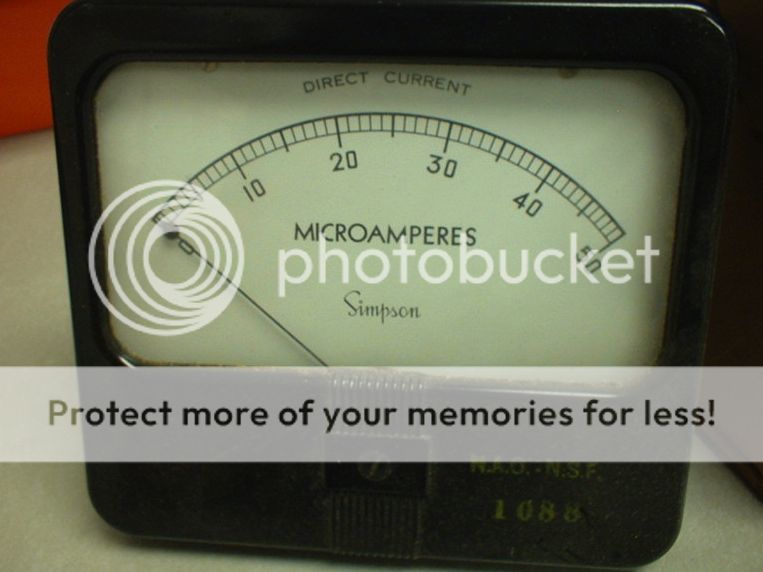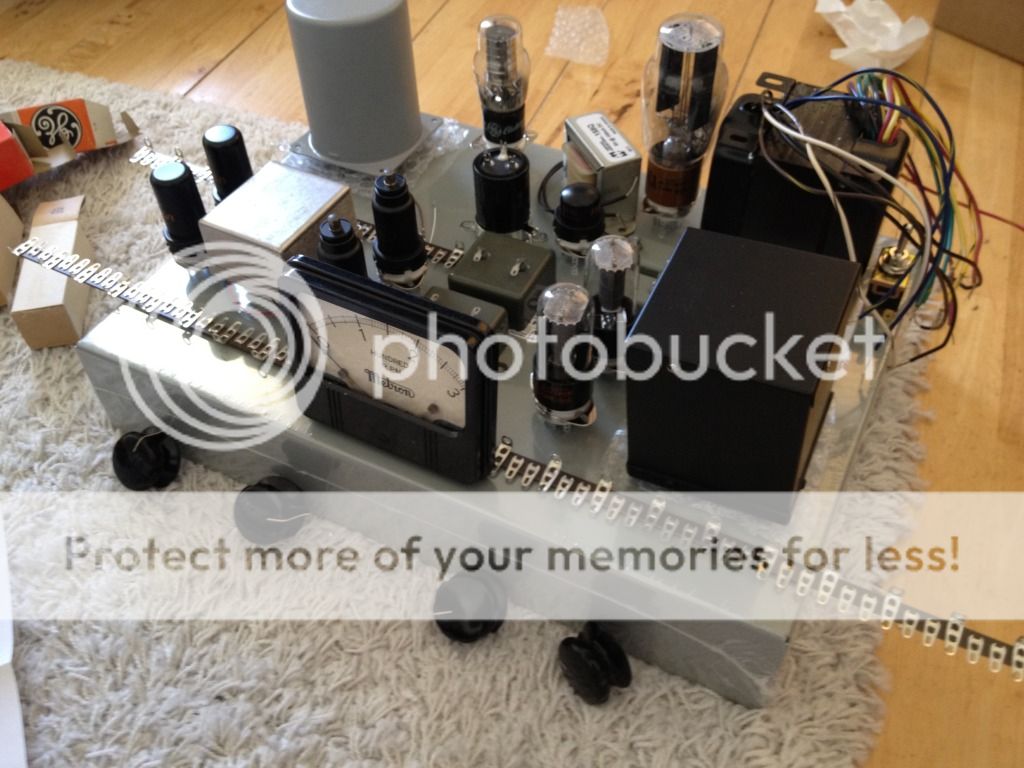No, there is a mistake somewhere.
Rather than just following the maths, think it through like this using Ohms law.
Both the shunt and the meter must have the same voltage across them right?
You say the meter R is 3500 ohms with 50uA through it so the voltage must be 0.00005 x 3500 = 0.175V
This voltage is also across the shunt but it's passing 450uA, therefore shunt R must be 0.175V/0.00045
= 389 ohms say 390 ohms
When you know the meter R for sure you can sub in the right value.
best
DaveP
Rather than just following the maths, think it through like this using Ohms law.
Both the shunt and the meter must have the same voltage across them right?
You say the meter R is 3500 ohms with 50uA through it so the voltage must be 0.00005 x 3500 = 0.175V
This voltage is also across the shunt but it's passing 450uA, therefore shunt R must be 0.175V/0.00045
= 389 ohms say 390 ohms
When you know the meter R for sure you can sub in the right value.
best
DaveP






































